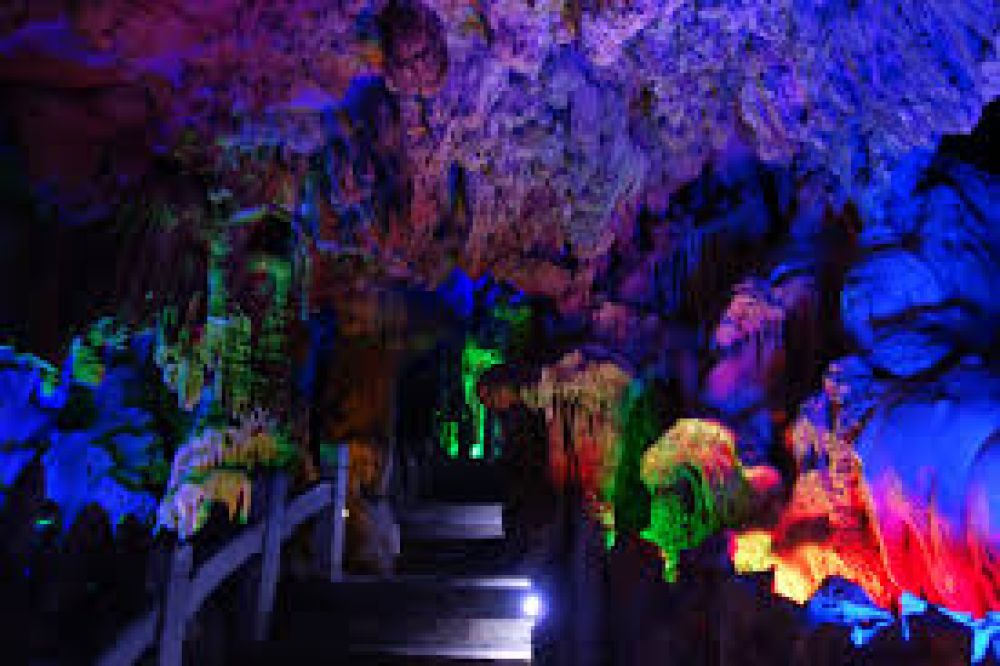

The Reed Flute Cave, known in Chinese as Ludi Yan, has a history that spans over 1200 years. Local inhabitants have had knowledge of the cave for centuries, but it wasn’t until the Tang Dynasty (618–907 AD) that its beauty started to gain wider attention. Inside the cave, there are over 70 inscriptions written in ink, which date back to as early as 792 AD in the Tang Dynasty. These inscriptions serve as evidence of early human fascination and visits to the cave.
As with many natural wonders in China, the Reed Flute Cave was not widely known to the outside world until the 20th century. It was in the 1940s when Guilin became a temporary refuge for the government during the Japanese invasion of China, that the cave garnered significant attention. Foreign diplomats and officials visiting Guilin were often taken to the cave, leading to increased recognition.
Post the establishment of the People’s Republic of China in 1949, the government recognized the potential of Reed Flute Cave for tourism. It was opened to the public in the 1960s and has since undergone development to accommodate and ensure the safety of tourists. Walkways, lighting, and guided tours are some of the improvements that have been made to enhance the visitor experience.
In recent years, Reed Flute Cave has capitalized on modern trends such as dramatic lighting to highlight the natural artistry of the stalactites and stalagmites. Colorful LED lighting has been installed to create a magical atmosphere, making the cave one of the most photographed destinations in Guilin.
Sustainable tourism has also become a key component of management strategies for the preservation of Reed Flute Cave. Efforts are underway to ensure that the cave's natural beauty and historical inscriptions are protected while accommodating the increasing number of visitors. Tourists today are more environmentally conscious, and there's a move to balance visitor numbers with conservation needs.
Visitors to Reed Flute Cave embark on a journey through a subterranean wonderland. The cave's naturally formed limestone landscapes, combined with the modern lighting, create an otherworldly experience. It's a photographer's paradise and a geological marvel for science enthusiasts. Tour guides narrate the folklore associated with various rock formations, adding to the rich tapestry of visitors' experiences.
The Reed Flute Cave remains a testament to the enduring allure of natural beauty and the history of human interaction with awe-inspiring landscapes. Its evolution from an ancient attraction to a modern-day tourist haven continues to draw people from all over the world.
As Guilin continues to grow as a major hub for tourism in China, Reed Flute Cave stands out as a jewel in the city's crown. With its combination of natural splendor and historical significance, it captures the imagination of all who step into its cavernous spaces, making it an enduring symbol of China’s rich cultural heritage and the timeless allure of nature.